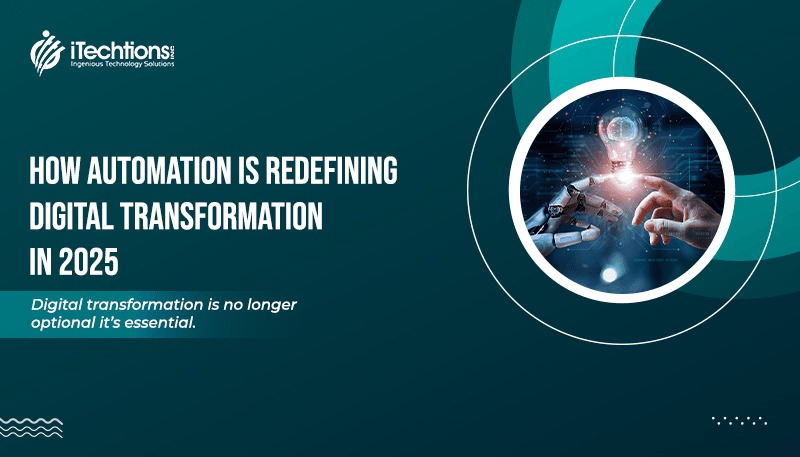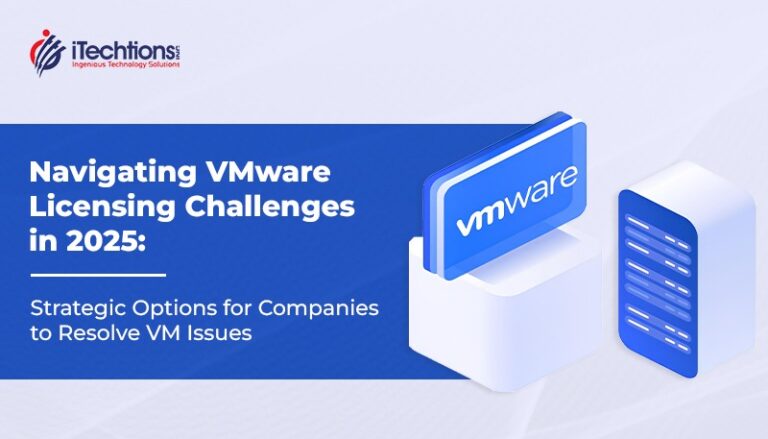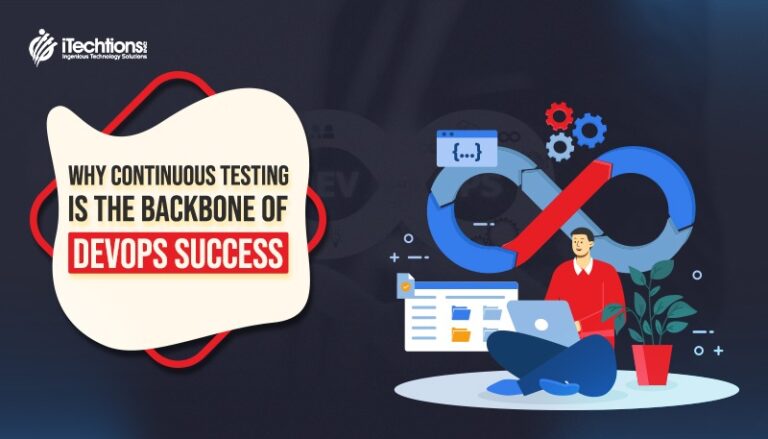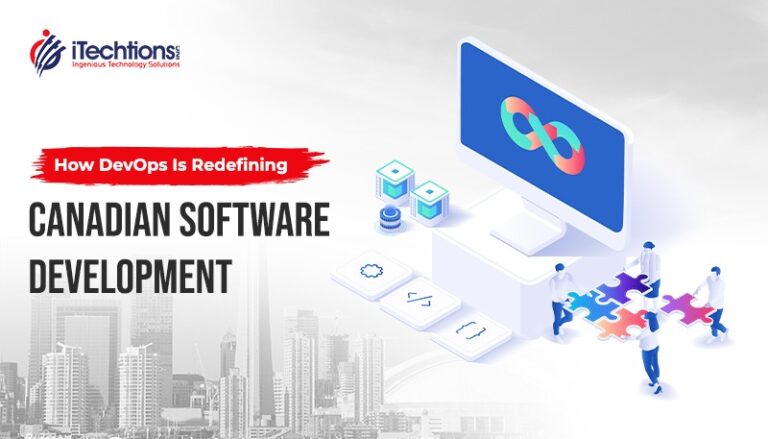Digital transformation and automation have become the twin engines propelling businesses into a new era of efficiency and innovation. Over the past few months, companies across industries have doubled down on integrating advanced technologies to streamline operations and stay competitive. The push isn’t just about adopting shiny new tools; it’s about rethinking how organizations function, from customer interactions to internal workflows. Automation, in particular, has emerged as a game-changer, reducing manual tasks and enabling teams to focus on strategic priorities. This shift is reshaping industries, but it’s not without its challenges—cultural resistance, skill gaps, and integration hurdles are real obstacles that demand careful navigation.
Automation in Finance: Beyond Bots, Toward Smarter Workflows
The drive for automation often stems from a need to cut costs and boost productivity. Take the financial sector, for example. Banks and fintech firms are increasingly deploying robotic process automation (RPA) to handle repetitive tasks like data entry or compliance checks. A recent report noted that RPA adoption in finance has grown by 15% since early 2025, with firms reporting up to 30% cost savings in back-office operations. This isn’t just about replacing humans with bots; it’s about augmenting human capabilities. Employees freed from mundane tasks can tackle complex problem-solving, like designing personalized customer experiences or analyzing market trends. Yet, the transition requires a cultural shift. Teams accustomed to traditional workflows often resist, fearing job displacement or loss of control. Successful organizations counter this by investing in training, ensuring staff see automation as an ally rather than a threat.
AI Meets Healthcare: Streamlining Systems for Patients and Providers
Beyond finance, healthcare is another sector feeling the automation wave. Hospitals are using AI-driven tools to streamline patient scheduling and diagnostics, improving outcomes while reducing wait times. For instance, AI algorithms now assist in triaging patients, cutting administrative overhead by 20% in some Canadian facilities. This is part of a broader digital transformation trend, where data analytics and AI are harnessed to make smarter decisions. But it’s not all smooth sailing. Integrating these systems with legacy infrastructure is a headache—many organizations still rely on outdated platforms that don’t play well with modern APIs. The solution often lies in phased rollouts, starting with pilot projects to iron out kinks before full-scale deployment.
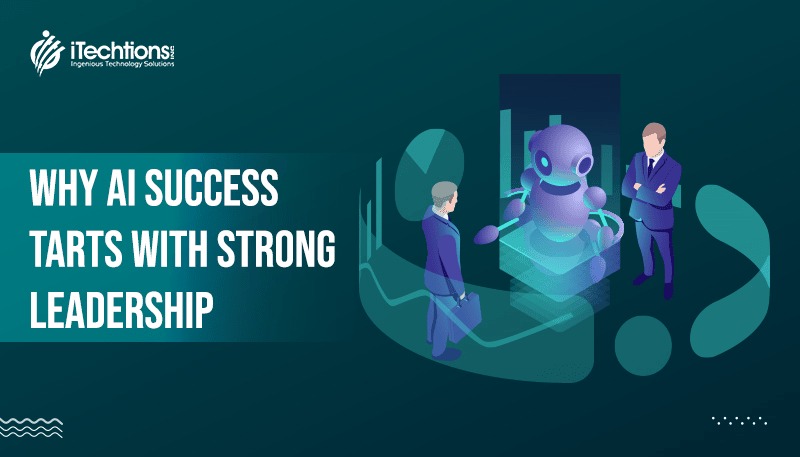
Why Automation Success Starts at the Top
The role of leadership in this transformation can’t be overstated. Executives must champion a vision that aligns technology with business goals. This means not just investing in tools but fostering a culture of agility and innovation. Workshops, cross-functional teams, and partnerships with tech consultants are becoming standard to bridge the gap between vision and execution. Posts on X highlight a growing sentiment that companies prioritizing AI-driven automation are outpacing competitors, with some citing Duolingo’s recent shift to an “AI-first” model as a bold example. While that move sparked debate about job impacts, it underscores the urgency for businesses to adapt or risk obsolescence.
Data Security and Automation: Twin Pillars of Digital Transformation
Data security is another critical piece of the puzzle. As organizations digitize, they generate vast amounts of data, making them prime targets for cyberattacks. Automation tools often come with built-in compliance features, but integrating them seamlessly requires expertise. The past few months have seen a spike in demand for professionals who can bridge automation and cybersecurity, ensuring systems are both efficient and secure. This convergence is reshaping hiring, with companies seeking talent versed in both domains—a trend that’s particularly pronounced in tech hubs like Toronto and Vancouver.
The Human Edge in an Automated World
The human element remains the heart of digital transformation. Automation may handle repetitive tasks, but creativity, empathy, and strategic thinking are uniquely human. Organizations that succeed are those that balance technology with people, training employees to work alongside AI rather than compete with it. The journey is complex, requiring investment, patience, and a willingness to experiment. But as businesses navigate these challenges, the rewards—greater efficiency, better customer experiences, and a competitive edge—are proving worth the effort.


